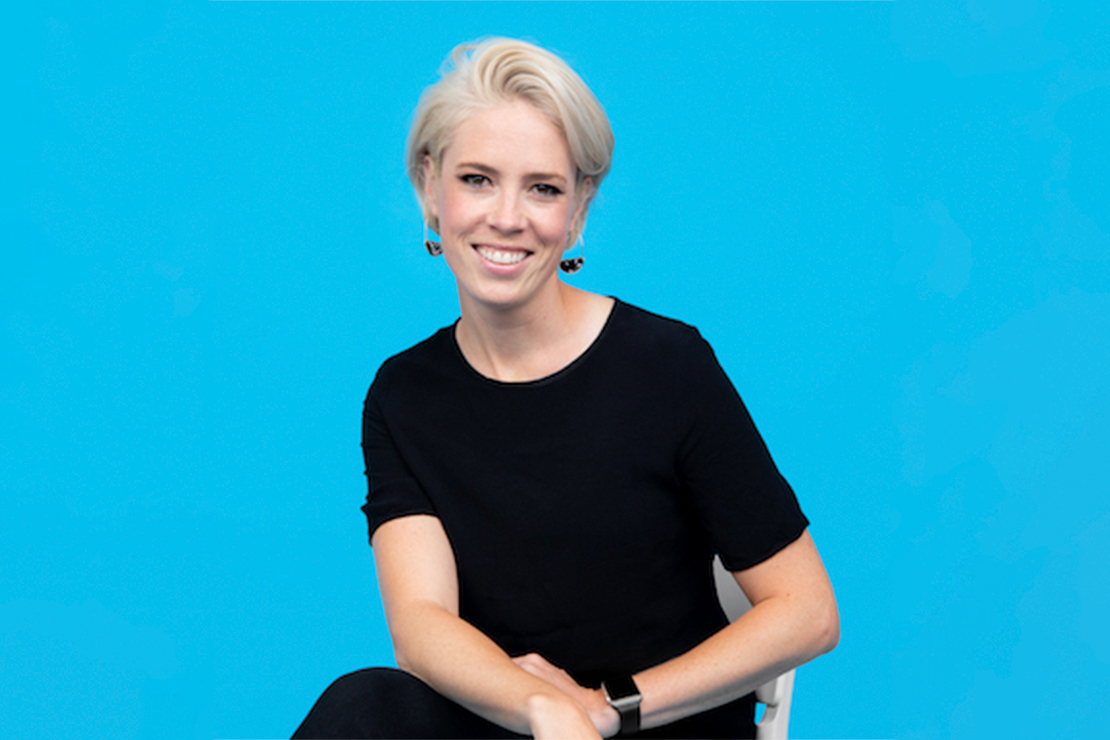It’s Time for a Hiring Revolution, Part One: Why “Fit” is Code for Sexist and Racist Hiring Practices
Aug 18, 2021

Photo is by YouthLens360, courtesy of Lunar
By Danielle Steer, Executive Director of Lunar Startups, and Trina C. Olson, Cofounder and CEO of Team Dynamics
Did you know that it is racist and sexist to not post salaries in a job description? Wait, wait wait! Don’t go. We’re not here to shame anyone or cancel any CEOs. This is your ticket to a hiring revolution.
You’ve seen the headlines. Yet another venture-backed company in the news for sexist and racist HR practices. The ensuing boycotts, Twitter storms, callouts, tokenizing promotions, and public relations nightmares refusing to go away.
The good news: this is totally avoidable! The other good news: it begins with you and your willingness to let go and get free.
What if we told you:
Women, gender nonbinary/gender nonconforming folks, Black, Indigenous, and People of Color, when paid and promoted equitably, will actually grow your business and increase revenue at above-average rates;
Building an inclusive company is easier to do when a company is younger, AKA, startups can win faster if you start today;
Saving money on talent is actually hurting your profit margin.
We know. Breathe. We’re here in this with you. Let’s start off by finding some common language in the first of two-part series. Part one outlines the history and reality of hiring as it relates to women and People of Color (spoiler, it’s really f*ing bad). Part two will dig deeper into how inclusive hiring will ultimately benefit your company, your workers, and your professional reputation.
How Bad Is It? Really F***ing Bad!: Status-Quo Hiring Fails Job Seekers + Businesses
As business owners, we know that we are engaged in a daily practice of cost-benefit analysis. Is now a good time? Should we spend money on that? Is she best for that project? We weigh the pros and the cons. We consider the real and present creative constraints (including client expectations, cash on hand and talent on staff). Without exception, every time we learned about one of these workplace disparity statistics, it steeled our resolve to forge ahead with our revolution.
Doing business as usual is actually … bad for business. In the 2020 report Diversity Wins, McKinsey noted that “the most diverse companies are now more likely than ever to outperform less diverse peers on profitability.” Based on a data set drawn from 15 countries and more than a thousand large companies, the report—the third in a series—showed “not only that the business case remains robust but also that the relationship between diversity on executive teams and the likelihood of financial outperformance has strengthened over time.”
When we habitually hire the same kinds of people over and over again, our companies and organizations miss out on the breadth and depth of talent, skills, experience, innovation, networks, relationships, and creativity available. For founders, when you’re hiring your first, second, or tenth employee, if your networks of friends look like you, this can feel like a bigger hurdle to overcome.
But the reality is, investors should be grading startups on their ability to attract and retain a more representative workforce. It makes for a less risky investment because homogenous workforces lose touch with the market for their products and services, leaving openings for hungry new competitors.
Here is some salary data that knocked our socks off.
Men’s Salaries Across Race
According to a 2019 report from compensation research leader PayScale, “55 years after the passage of the Civil Rights Act banned pay discrimination on the basis of race, men of color still do not receive equal pay for equal work.”
The Economic Policy Institute reviewed the Census Bureau report on incomes, earnings, and poverty rates for 2017. Comparing median earnings of full-time, full-year workers, it discovered that median earnings of white men were $60,388 per year, compared to median earnings of $42,076 for Black men. That’s a 31% difference.
PayScale conducted a survey to learn more about the persistence of a pervasive pay gap for men along lines of race. It revealed that for every dollar a white man earns:
Black or African American men earn $0.87.
Native American and Hispanic or Latino workers earn $0.91.
Pacific Islander men earn $0.95.
Asian men make $1.15, but when researchers held all employment characteristics equal, the rate dropped to $1.02; Asian men also have the lowest rates of being in manager roles.
The justification for pay disparity often falls into the subjective assessments in workplace culture on who is and who is not “fitting in.”
These trends span centuries, sectors, and regions. Yet, when we work with professionals committed to equity, one of the most dangerous patterns we witness is the misguided notion that we must somehow be above or unaffected by these systemic tsunamis of injustice. Be very careful with this kind of thinking. Why? Because it makes us complacent. It makes us miss things that are hidden in plain sight. When we build the muscles that help us notice, with increasing regularity, how we may have fallen into habits of undervaluing and therefore undercompensating men of color, we all benefit.
Building those muscles lets us develop a more accurate perspective that asks:
What might I be missing?
What are the micro and macro ways that these disparities may be seeping into our culture?
Over time, am I certain or uncertain about how our differently identified employees have experienced our workplace?
What do I know?
What do I not know?
What do I think I know?
Do I really know it?
Remember, we are all swimming in the waters of white supremacy culture and male-dominant preferences. These forces are not static. New waves — telling us who to trust, who to like, who to be afraid of, who to value — crest and crash every time we look at our phones, check out the news, and open our emails.
Read "Part Two: Why Your 'Diversity' Training Won't Work" to learn what you can do about it.
About the Author

Danielle Steer
Danielle Steer is the founding Executive Director of Lunar Startups, Minneapolis-St. Paul’s first early-stage accelerator for founders who identify as Black, Indigenous, People of Color, LGBTQ, women, and non-binary. Danielle is an award-winning ecosystem builder and is acutely passionate about making the world a more equitable place to thrive, for all. Leveraging her origins as an over-scheduled student-athlete, she brings an intense amount of energy, a team-first mentality, and a broad range of program design experience to Lunar Startups. Danielle sits on the Diversity, Equity, and Inclusion Board of Advisors for the Global Accelerator Network.

Trina C. Olson
Trina leads Team Dynamics’ curriculum development; developing and instituting tools and resources that clients need to thrive in their racial and gender equity goals. As a two-time executive director with a track record of building and retaining teams across race, gender, and sexual orientation to achieve shared goals, Trina has built an impressive portfolio of national and regional policy and advocacy experience, centering a multitude of progressive issues.
A queer, white, cis-gender woman, Trina is motivated to address the intersection of identity and workplace more creatively to think of identity as an asset in service to workplace visions and goals. Trina’s past executive experience and people-leading roles include PFund Foundation, Immigration Equality, National LGBTQ Task Force, and Equality California.

